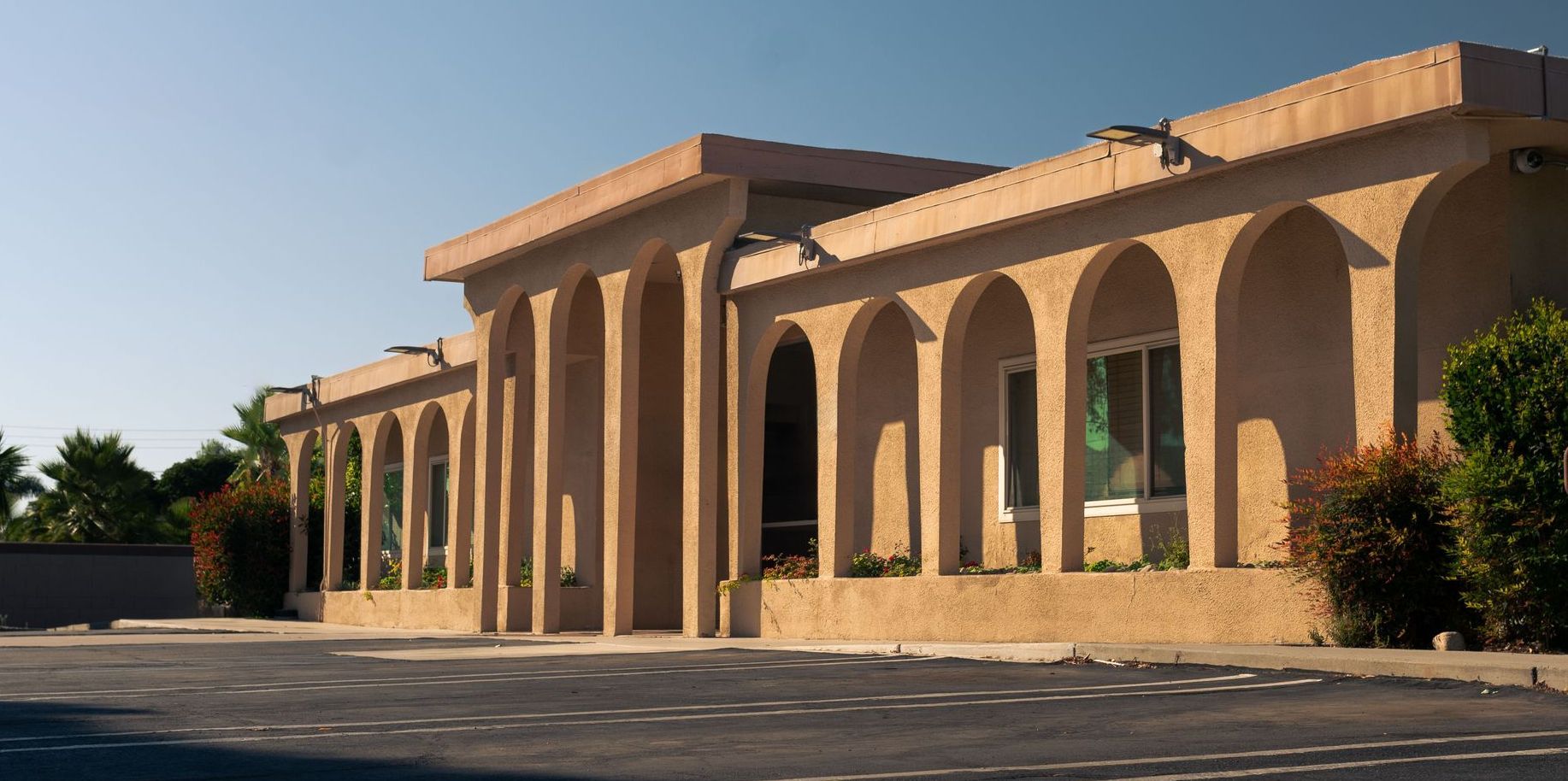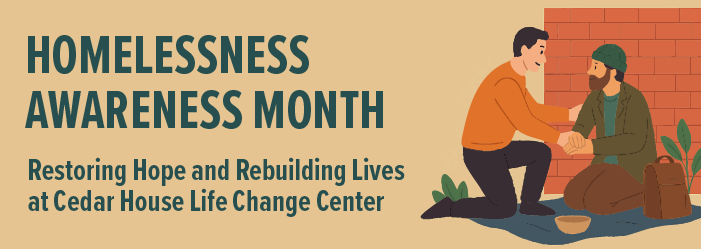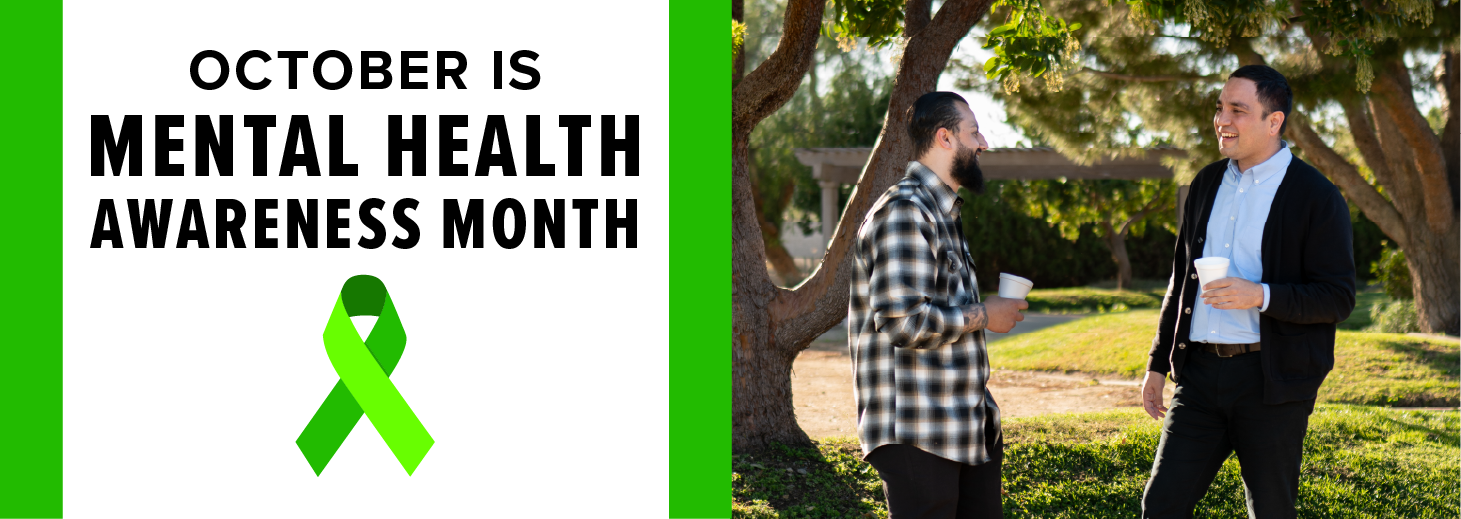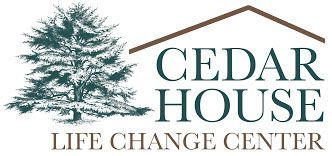Understanding Addictive Drugs

Everyone is aware of how prolific dangerous drugs are on the streets of California. But do you really know what’s out there and what makes them so dangerous? Understanding addictive drugs that are being distributed in our community is essential. The more we know about these drugs, the more we can work to prevent addiction and overdoses among our friends and family.
Methamphetamine is an illegal and highly addictive stimulant. The short-term effects of Meth include alertness and euphoria which can cause users to become immediately addicted. Long-term use of Meth can lead to problems such as violent behavior, psychosis, severe dental problems, and paranoia. In 2020, 2.5 million Americans aged 12 or older reported having used methamphetamine in the past year, according to the CDC.
Cocaine is an illegal and highly addictive stimulant made from the leaves of the South American coca plant. It commonly comes in a powder form that is snorted or injected. It can also be smoked or administered to the skin. Street names for Cocaine include blow, bump, coke, and snow. Crack is the more pure and potent form of Cocaine, which typically comes in solid blocks or crystals. It is typically smoked or injected, allowing it to reach the brain more quickly and result in an intense high. In 2020, more than 19,000 people in the United States died from an overdose involving cocaine.
Heroin is an illegal, highly addictive substance that is synthetically derived from the Opium poppy plant. It comes in the form of white or brownish powder, or as a black and sticky substance known as “black tar.” Heroin is most commonly injected though it can also be snorted, smoked, or consumed orally. In 2020, more than 13,000 people died in the United States from an overdose involving heroin. Prescription opioids, which are sometimes prescribed to treat moderate-to-severe pain following surgery or injury, are also highly addictive and often lead to Heroin use. From 1999 to 2020, more than 263,000 people died in the United States from overdoses involving prescription opioids.
Fentanyl is a highly potent synthetic man-made opioid. Illicitly manufactured fentanyl (IMF) is non-pharmaceutical fentanyl made illegally and sometimes mixed into other drugs like cocaine, methamphetamine or heroin. In 2020, more than 56,000 people died from overdoses involving synthetic opioids, including IMF.
Ecstasy is an illicit drug often used by high-schoolers and young adults. It is considered a party or rave drug and is dangerous because it can lower inhibitions. Its psychoactive effects include enhanced sensory perception. Ecstasy is most commonly taken orally in pill form or dissolved in water but can also be snorted or injected.
Hallucinogens, like LSD, PCP, Mushrooms, and Salvia, are all examples of psychoactive or mind-altering drugs. While an addiction to this type of drug is less common than other drugs, use and abuse of these substances can cause dangerous consequences and severe negative side effects.
Inhalants include household items such as spray paints, markers and cleaning supplies which are inhaled through the mouth or nose in order to achieve a high. Inhaling certain types of these substances can lead to heart failure, resulting in death.
Marijuana is one of the most commonly abused addictive substances. The main psychoactive ingredient, THC, causes temporary euphoria followed by drowsiness, slowed reaction time, and increased appetite. Synthetic Marijuana refers to the growing number of manufactured substances that contain a chemical similar to THC. Its effects can be unpredictable and intense.
While the decision to use one of these drugs for the first time is usually voluntary, an unexpected addiction can make the decision to quit much harder. Addiction changes the way a person’s brain operates and, consequently, the way that person behaves.
The good news is that Cedar House is here to help. As long as these deadly drugs are on the streets, people in our community will be susceptible to them. The dedicated staff at Cedar House is committed to empowering those who are suffering with substance use and co-occurring disorders through the challenges of addiction. Support our mission today. Together, we can make a change. We can combat the drug culture and bring about a safer, healthier community.


The holiday season can be joyful but also challenging. For many people, the holidays are a time of togetherness and celebration. But for those in recovery from substance use, this season can bring a mix of emotions -- joy and gratitude, but also stress, temptation, and pressure. Family gatherings, social events, and memories of past holidays can test even the strongest commitment to sobriety. At Cedar House Life Change Center, we understand these challenges. Our mission is to help individuals and families build lasting recovery through treatment, education, and ongoing support. Here are a few practical ways to protect your sobriety and stay connected to hope this holiday season. 1. Plan Ahead for Triggers Before attending a party or event, think about what might challenge your recovery. Bring your own non-alcoholic drink, drive yourself so you can leave early if needed, and connect with your sponsor or peer network before you go. Preparation gives you confidence and control. 2. Stay Connected to Your Support System The holidays can feel isolating, especially if you’re making lifestyle changes. Reach out to supportive friends, family members, or recovery peers who understand your journey. Schedule a check-in or attend a support group before and after big events. Staying connected helps you stay grounded. 3. Prioritize Self-Care Take care of yourself, physically, emotionally, and spiritually. Maintain regular sleep, eat balanced meals, get outside, and make time for reflection or prayer. A calm and nourished mind is your strongest ally in maintaining sobriety. 4. Set Boundaries and Say “No” Without Guilt You don’t have to attend every event or explain your choices. Declining an invitation or leaving early doesn’t make you antisocial. It makes you strong. Your recovery is your priority, and real friends and loved ones will respect that. 5. Keep Recovery at the Center of the Season Stay consistent with meetings, counseling, or alumni groups. Cedar House offers aftercare support, relapse prevention programs, and peer connections that help clients stay engaged long after treatment. Recovery doesn’t stop after discharge. It’s a lifelong process of growth and renewal. You Don’t Have to Do This Alone If you or someone you love is struggling this holiday season, Cedar House Life Change Center is here to help. Our compassionate team provides evidence-based treatment, medical support, and recovery programs designed to meet each person’s unique needs. Reach out today to learn how we can help you or your loved one find peace, purpose, and sobriety this holiday season and beyond.

November is Homelessness Awareness Month, a time to shed light on one of the most urgent issues facing our communities. Every day, thousands of individuals and families across San Bernardino County struggle with the devastating cycle of homelessness, often intertwined with substance use and mental health challenges. At Cedar House Life Change Center, we believe that recovery and stability begin with compassion, connection, and comprehensive care. For more than five decades, Cedar House has provided a safe haven for those seeking to overcome addiction and rebuild their lives. Many of the people we serve come to us after experiencing homelessness or unstable housing—circumstances that make recovery even more challenging. Through our evidence-based treatment programs, sober housing resources, and continuum of care, we help individuals find the structure, support, and self-worth needed to thrive. Our services address more than substance use. We provide mental health counseling, case management, and referrals to permanent housing, recognizing that recovery is not complete until every person has a safe place to call home. For many, Cedar House becomes the bridge from crisis to stability—where individuals rediscover hope, rebuild family connections, and prepare for lasting independence. This month, we invite our community to join us in raising awareness, reducing stigma, and supporting efforts to end homelessness. Whether through donations, volunteering, or spreading the word, every act of compassion brings us closer to a future where recovery and housing are accessible to all. At Cedar House, we know that healing happens one person—and one home—at a time.

Each October, Mental Health Awareness Month reminds us that recovery and healing are possible for everyone. At Cedar House Life Change Center, we understand that mental health and substance use are deeply connected. Many people who struggle with addiction are also coping with conditions such as anxiety, depression, or trauma—and each affects the other. Treating both together is essential to lasting recovery. For more than 52 years, Cedar House has been helping individuals and families throughout the Inland Empire rebuild their lives through compassionate, evidence-based treatment. Our staff empowers people to overcome addiction and mental health challenges with respect, dignity, and hope. Tips for People Seeking Support If you or someone you love is struggling, here are a few ways to start your journey toward recovery: 1. Reach out for help early. You don’t need to wait for a crisis to ask for help. Early intervention can prevent harm and improve long-term success. 2. Get a professional assessment. At Cedar House, licensed clinicians assess each individual’s physical, mental, and emotional health to create a personalized plan. 3. Find community support. Recovery grows in connection. Peer support, counseling, and family engagement help build resilience and accountability. 4. Create stability. Safe housing, structured routines, and supportive care environments help lay the foundation for recovery. 5. Commit to ongoing care. Recovery doesn’t end after treatment—it continues through outpatient services, counseling, and ongoing connection to support systems. How Cedar House Life Change Center Can Help Cedar House offers a continuum of care designed to meet people wherever they are in their recovery journey: Withdrawal Management and Residential Treatment — Structured programs for men and women addressing both substance use and co-occurring mental health disorders. Maple House Perinatal Program — Family-centered services for mothers and children to recover and thrive together. Outpatient and Aftercare Programs — Continuing care, therapy, and relapse-prevention strategies for lasting stability. Family Support — Counseling and education to strengthen families and rebuild relationships. Our integrated treatment model ensures that every client receives comprehensive, coordinated care. You Are Not Alone This Mental Health Awareness Month, Cedar House encourages everyone to talk openly about mental health and seek support when needed. Recovery is not a solitary journey—it’s a shared path toward healing, strength, and renewal. If you or someone you love is struggling with substance use or co-occurring mental health issues, contact Cedar House Life Change Center today. Together, we can help you find hope, healing, and a fresh start.

Share On: